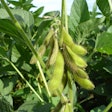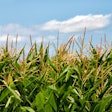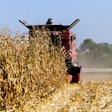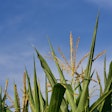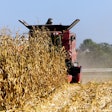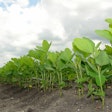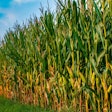
Recent weather patterns have created a complex landscape for American farmers, with some regions seeing drought relief while others face worsening conditions, according to the latest U.S. Drought Monitor report.
The U.S. Drought Monitor, jointly produced by the National Drought Mitigation Center at the University of Nebraska-Lincoln, the United States Department of Agriculture, and the National Oceanic and Atmospheric Administration, reveals significant shifts in drought conditions across the country.
A series of strong storms delivered heavy rainfall to parts of the South, Southeast, and Midwest, leading to widespread improvements in drought-related conditions. Central Arkansas, southeastern Missouri, and western portions of Tennessee and Kentucky saw storm totals ranging from 4 to 18+ inches.
"The multi-day storm event saturated soils, leading to inundation of rivers and severe flooding in low-lying areas from Arkansas to Ohio," said a spokesperson for the National Drought Mitigation Center. "While the flooding caused significant damage, it has also provided much-needed moisture for agricultural lands in these regions."
In contrast, the Southwest continues to face intensifying drought conditions. Southeastern Arizona saw the introduction of extreme drought areas, with precipitation deficits existing at both short- and longer-term time scales. Similarly, ongoing below-normal snowpack conditions in New Mexico's mountain ranges have led to the expansion of extreme drought areas, raising concerns for irrigation water availability in the coming growing season.
The West is experiencing above-normal springtime temperatures, causing a rapid melting of high-elevation snowpacks across the entire region. This early melt could impact water availability for farmers later in the season, particularly in areas with existing snowpack deficits.
However, California farmers received positive news as the state's reservoirs continue to be at or above historical averages. Lake Shasta and Lake Oroville, California's two largest reservoirs, are at 116% and 120% of average, respectively, promising improved irrigation prospects for the state's agricultural sector.
In the High Plains, parts of western North Dakota saw an expansion of extreme, severe, and moderate drought areas. Agricultural impact reports, below-normal precipitation, and low streamflow and soil moisture levels have raised concerns for farmers and ranchers in the region.
As the growing season progresses, farmers across the country will need to adapt to these varied conditions, potentially adjusting crop selections and irrigation strategies to mitigate the impacts of both excess moisture and persistent drought.






